- Home»
- Teaching and Learning»
- Hindhayes Curriculum»
- Foundation Subjects»
- History»
- Hindhayes History Curriculum Statement and Core Concepts»
Hindhayes History Curriculum Statement and Core Concepts
You can view Hindhayes Curriculum Statement for History below and hate core concepts that the curriculum is built around.
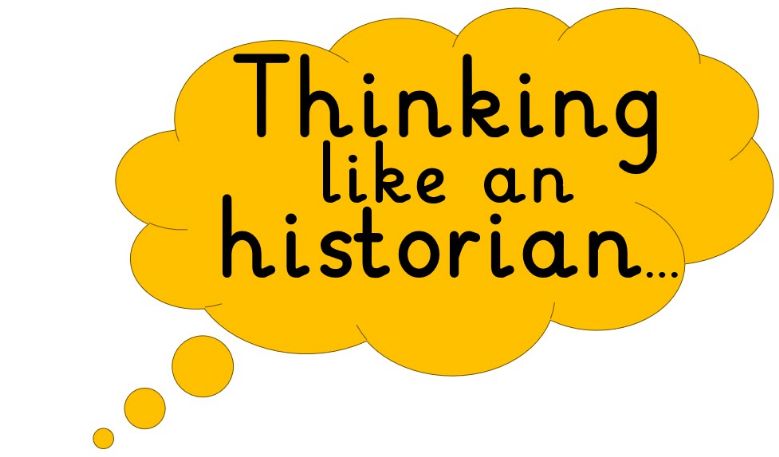
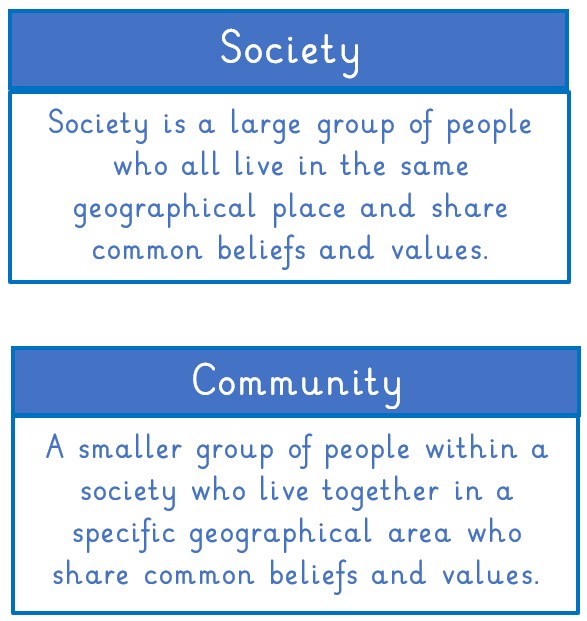
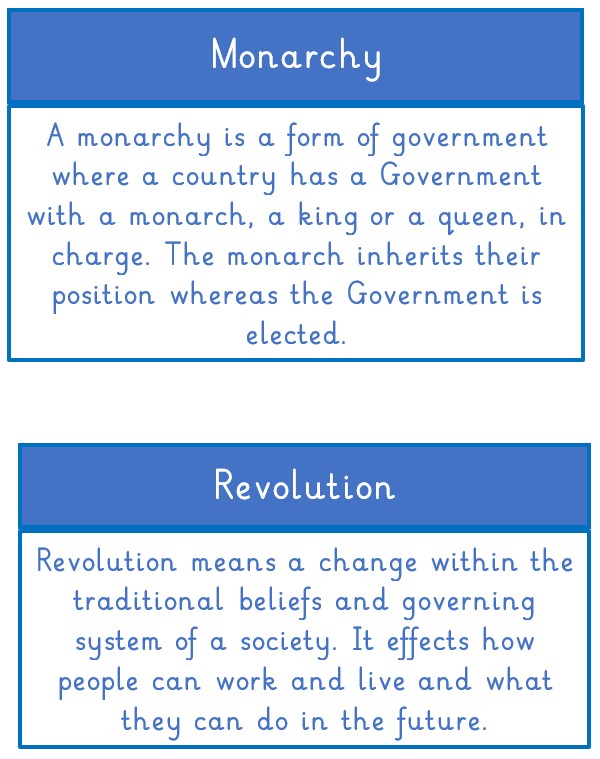
History Teaching at Hindhayes
Our History Curriculum is built around three types of knowledge: conceptual, disciplinary and substantive. We aim for children to learn key facts from the periods studied, then to be able to link these facts and knowledge to a 'big idea' that runs through the curriculum whilst starting to understand what it is to 'think like a Historian. In essence, they will be able to know more, and do more within the scope of History.
Every unit is built upon an enquiry led by a 'big idea' or a core concept which are Community. Society, Monarchy and Revolution. We have chosen to weave these concepts through our history curriculum as we believe these concepts will aid chldren's future learning in History but are also concepts that they can start to understand and explore at this age. We have a strong sense of Community at our school and within our town and so this felt like an important place to start before broadening the children's understanding of Society and what that means. We are 'zooming out' from the children's starting points- a theme reflected in how our whole school curriculum is planned. The concept of Monarchy is to build on the children's cultural capital richness and understanding of British identity. Revolution enables us to think about change.
These concepts are taught explicitly within the context of the History unit they are studying. We have shared definitions of these concepts which are displayed in every classroom. The substantive knowledge for each unit has been planned through these lenses and helps to bring a sense of coherence and resonance to the History teaching in our school.
In every unit, we are encouraging children to ' think like an Historian' and give them the skills and knowledge they need to answer an enquiry-based question. The main threads are to develop a sense of chronology, to know that our knowledge of the past has come from someone or something leaving us 'clues' for us to interpret and to consider the significance of what we are learning.
The "What do we know?" is considered alongside "How do we know?" and "What do we know now?"
Research shows the importance of children having a rich background or 'hinterland' of knowledge that provides meaningful contexts and gives 'rea life' examples of learning; narratives and stories to help introduce schemata and ideas that will help with later learning, broaden the curriculum and demonstrate diversity. They also generate interest and curiosity in young learners. At Hindhayes we strongly believe in the power of high quality texts and the importance of the immersion in language, so each classroom has a core of History books that teachers share with their classes regularly.
We believe that reading these stories and sharing these ideas will enable our learners to become more familiar with the unfamiliar worlds of historical times, places and cultures, to 'see' the interconnectiveness of history and the commonality of human experiences whilst being exposed to the effective use of language that will enhance the children's future learning across all subjects.
Taking into account the metacognitive needs of our learners and using a 'stage not age' approach, we are aiming for the the children of Hindhayes to be the best they can be and to foster a love for History that they will take with them as they move to other educational settings.

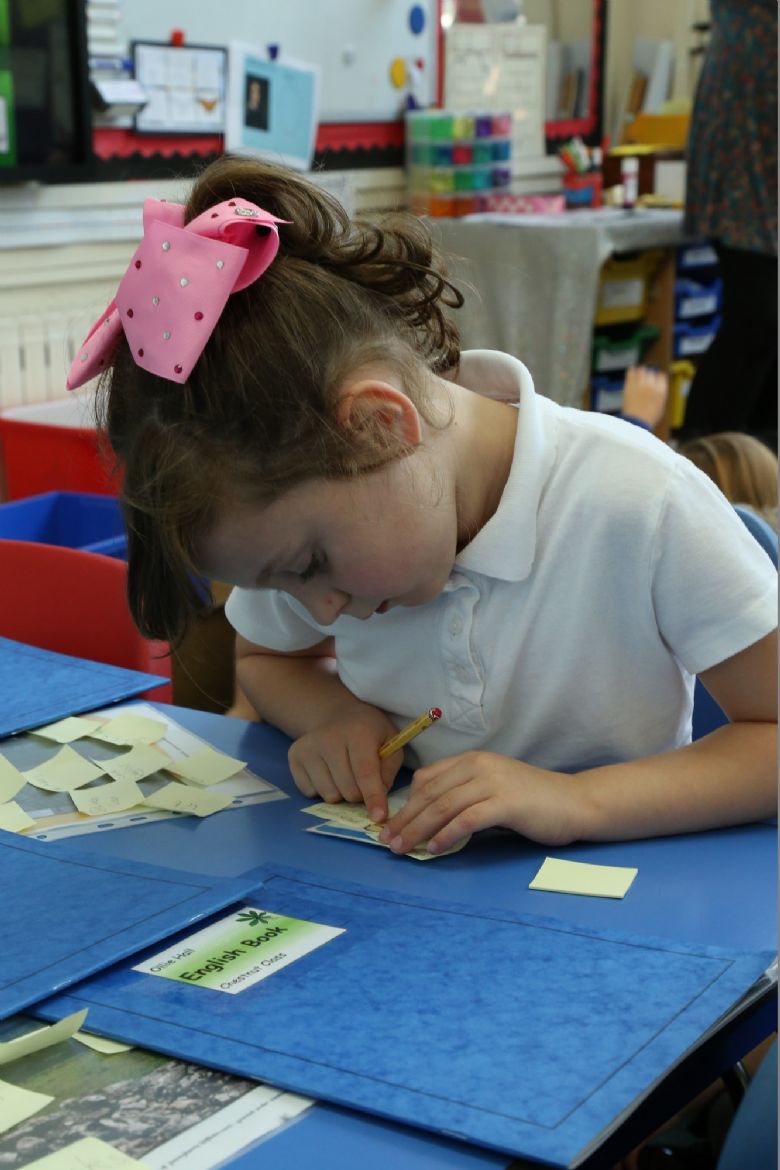
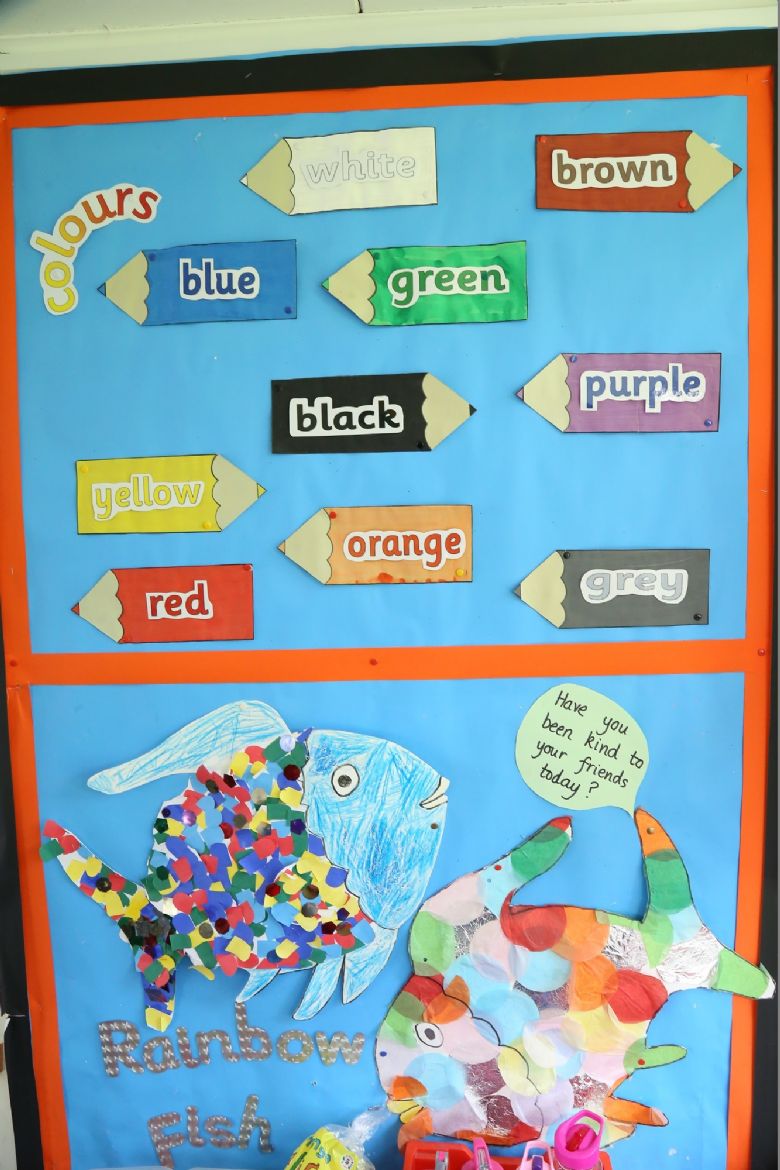
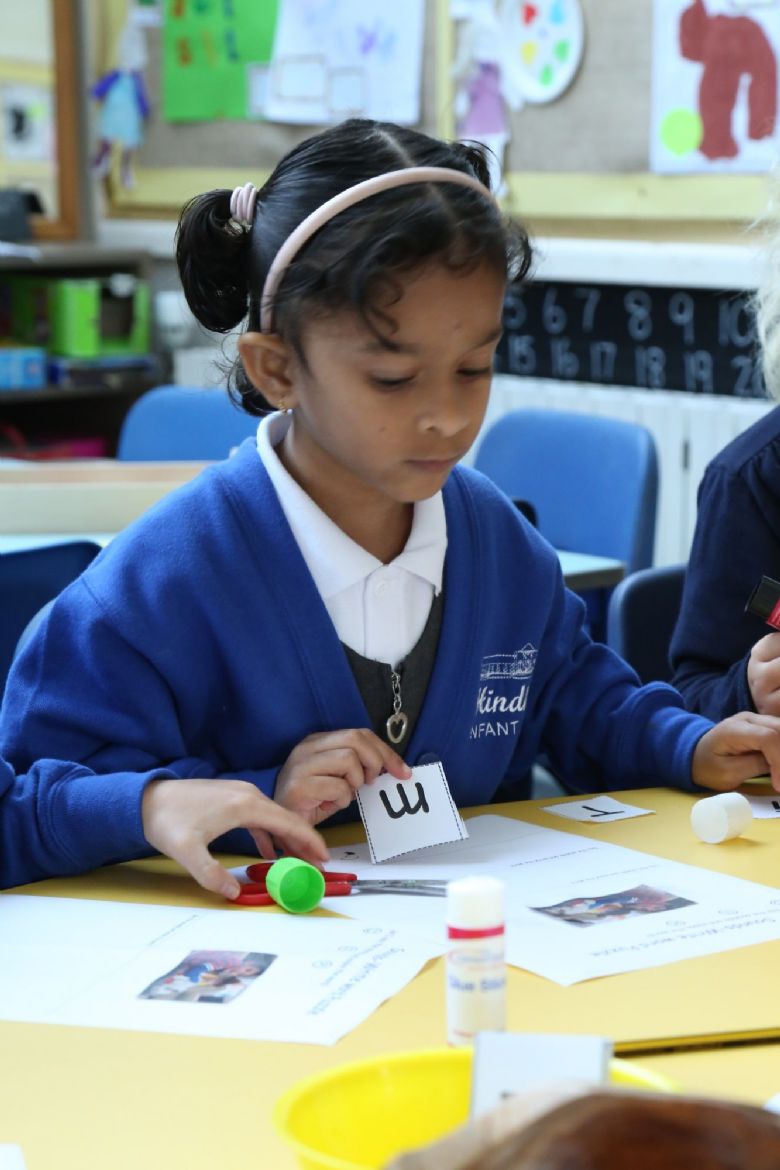
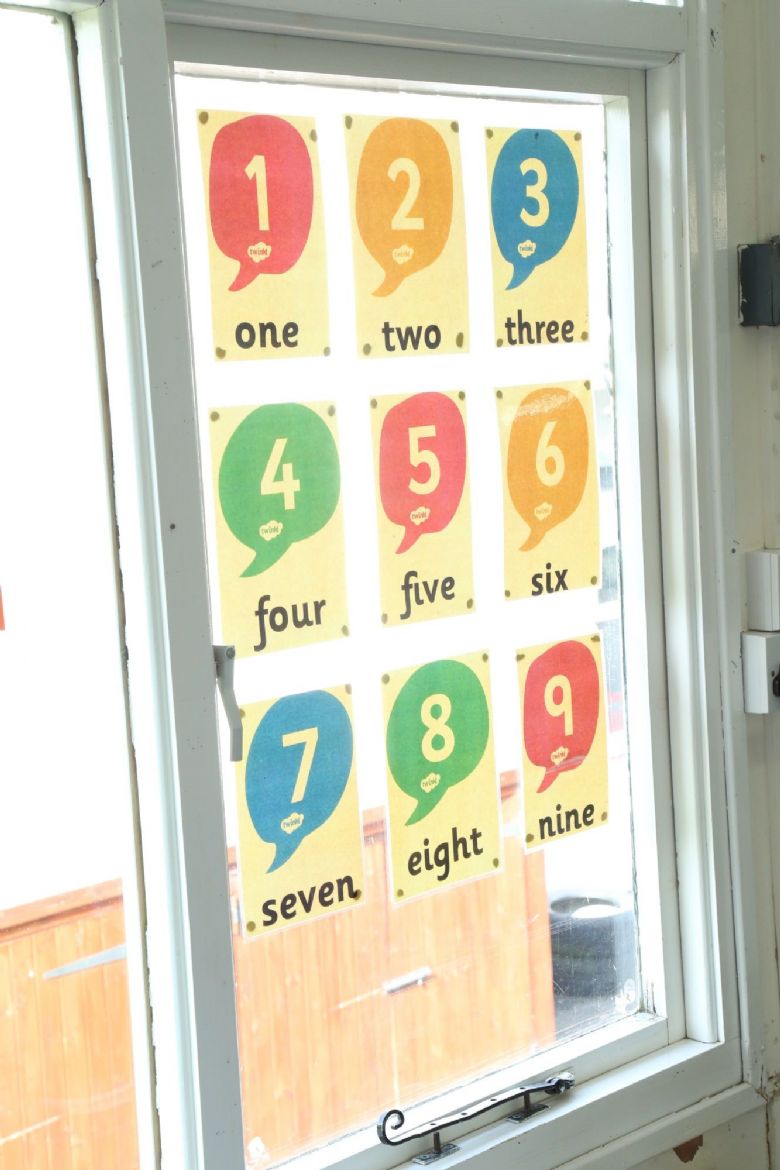
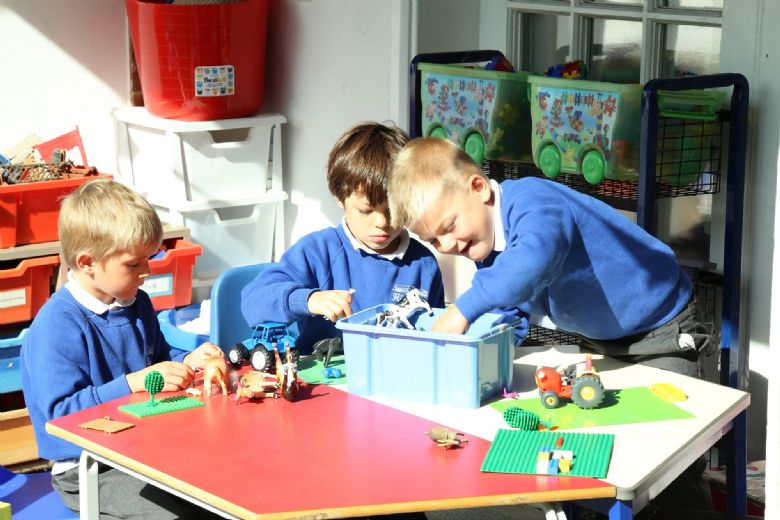 ''
''